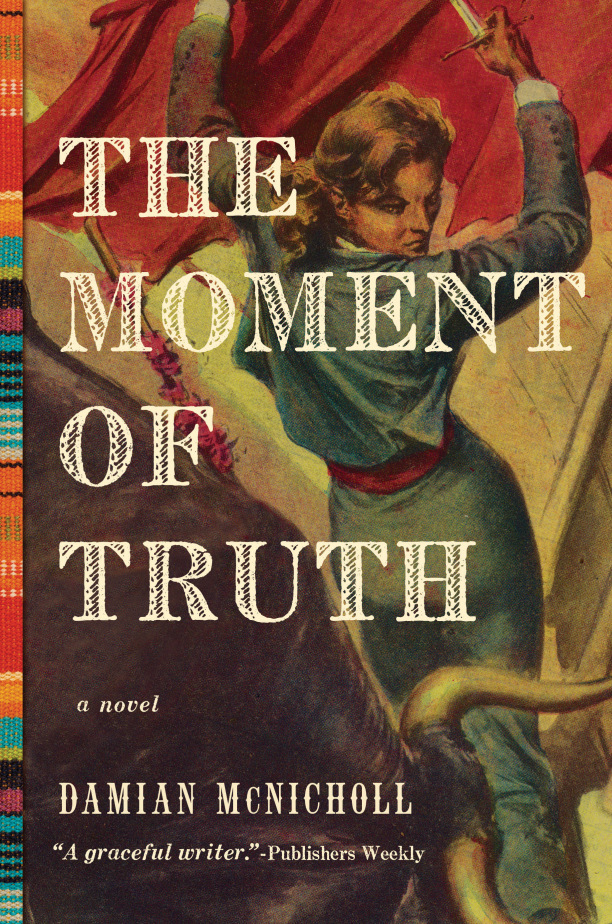
We are now finished with the red and yellow tiers; the only ones left are the green tiers. In this post, I’ll be looking back over the games I’ve awarded a 7/10. The key difference between this tier and the one directly preceding it concerns my stance when asked whether or not I’d recommend a game. A 6/10 is a game I would have some reservations about recommending even if I think it’s technically good overall. There are no such reservations from this point onward; these are all games that were able to earn my seal of approval.
38. Police Quest: In Pursuit of the Death Angel
Originally reviewed on: February 23, 2015
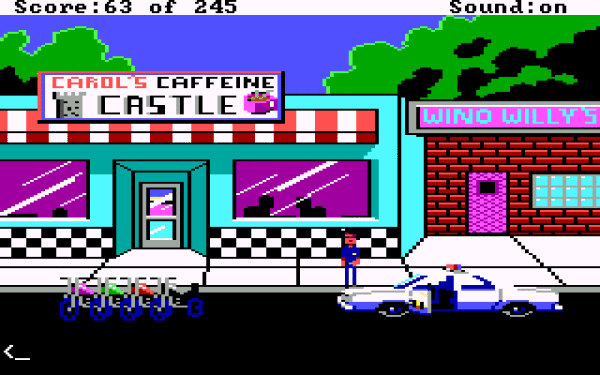
Police Quest was truly ahead of its time (in a good way, this time), being a mostly realistic simulation of what it’s like to be a police officer. Such an idea wouldn’t seem out of the ordinary these days, but in 1987, the idea of adding a dose of realism to a game was almost completely unheard of. In every other game at the time, being a police officer in a video game gave you carte blanche to gun down everything that moved. In Police Quest, if you choose to reenact Dirty Harry, you will either get reprimanded by the game or be unable to continue and forced to reload a save. It does require a little patience to get fully get into, though the VGA remake alleviates some of the tedium. It’s still worth looking into all these years later because there really aren’t many games out there that can offer the same experience.
37. ActRaiser
Originally reviewed on: March 9, 2016
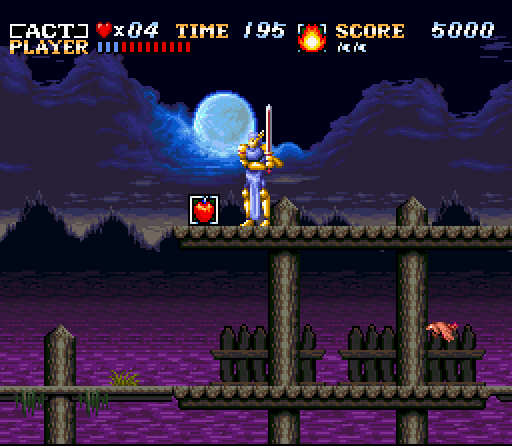
ActRaiser is a game where you’re God, and you draw power from having your subjects worship and praise you. You drive out the monsters so humans can live in peace, and they in turn effectively act as your EXP after you cultivate the land. Taken at face value, it’s a decent-but-not-standout sidescrolling hack-and-slash action-RPG combined with a decent-but-not-standout town-building simulator. However, despite obviously not being a crossover, it works where Professor Layton vs. Phoenix Wright: Ace Attorney didn’t in that the two wildly different styles complement each other to the point where the parts form something greater than their collective sum.
36. Uncharted: The Lost Legacy
Originally reviewed on: September 20, 2017

Given Naughty Dog’s spotty track record after Uncharted 2, I was really not expecting The Lost Legacy to be as good as it ended up being. It managed to address many of the problems I had with Uncharted 4 quite well, and the writers even managed to keep their signature flaws in check by keeping the experience succinct. Furthermore, the open-world stage is one of the most memorable moments in a series that, before this point, had problems shaking things up – instead content to hit the same notes over and over again. It does feel less that they planned all of this out from the beginning and more like this new team happened to play well with the cards they were dealt, but I’ll take the happy accident over the calculated mistake any day of the week.
Of course it wouldn’t do to talk about game without mentioning the new lead. After hearing Naughty Dog boast about having such great female characters, it was refreshing when they finally put their money where their mouth was by casting one in the lead role. It also helps that, in an exceptionally rare move for post-Uncharted Naughty Dog protagonists, Chloe manages to pull off a feat of genuine altruism that puts almost anything Nathan Drake ever accomplished to shame. See Naughty Dog? There’s still room for genuinely heroic protagonists in this medium. That wasn’t so hard, was it?
35. Final Fantasy IV
Originally reviewed on: August 21, 2017
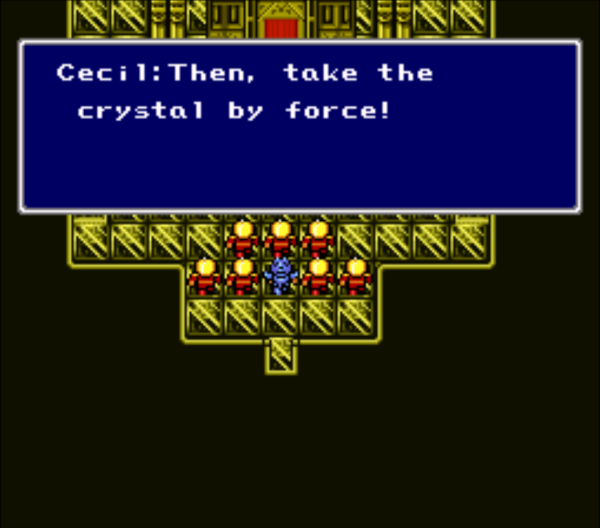
It’s impossible to overstate how much of a positive impact Final Fantasy IV had on the medium. Sure, Dragon Quest IV predates it in Japan, and Dragon Quest V released a year later could be said to possess a greater level of ambition, but the international success of this game ensured that everyone would know there was a place for complex character arcs in this medium. Even though it could be considered bare bones by today’s standards, it’s held up reasonably well, and (unlike the case with Final Fantasy III) the remakes have done a good job making them easier for later generations to get into. The main downside is that in most versions, there isn’t a degree of character customization, making for static playthroughs, but it also ensures there’s less filler compared to the average JRPG at the time.
34. Metal Gear Solid
Originally reviewed on: April 15, 2016

The Metal Gear franchise’s first 3D installment seemed to prove just how ahead of its time the original game really was. While other series such as Sonic the Hedgehog and Castlevania tried and failed to make the leap, Metal Gear Solid handled the conversion so well, it was as though the series was meant to be in 3D from the very beginning. The visuals may not have aged well, which is even more obvious due to the extensive voice acting, but this game provides a solid, succinct experience from beginning to end. I can imagine in the West, it was quite something to go from the NES port of Metal Gear to Metal Gear Solid, a game that featured a far more complex plot with a fully fleshed out Solid Snake in place of the mostly silent protagonist he once was.
33. Metal Gear 2: Solid Snake
Originally reviewed on: April 2, 2016
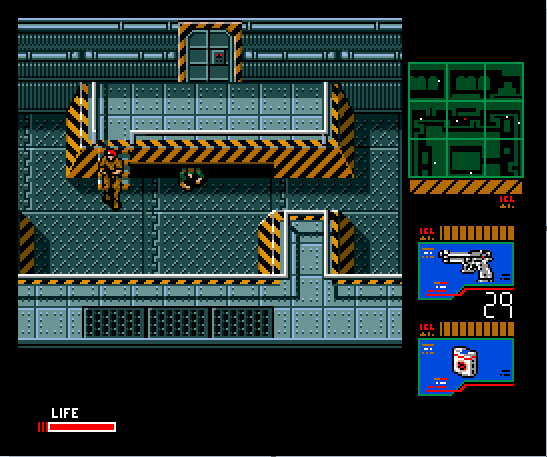
In a move likely considered unconventional by Metal Gear fans, I actually believe Metal Gear 2 to be a slightly more polished effort than Metal Gear Solid. I think what helps is that Metal Gear 2 was a product of a time when developers had 2D gameplay more or less nailed down. Metal Gear Solid, on the other hand, was a product of the very experimental mid-nineties 3D leap, and as such, had a few execution issues, such as being unable to reliably hit enemies outside of the screen’s frame. Metal Gear 2 had no such issues; Mr. Kojima and his team pushed the MSX hardware to its limit, creating something that came closer to replicating the action-movie experience for a whole new medium than anyone else.
32. Metroid Fusion
Originally reviewed on: June 30, 2017
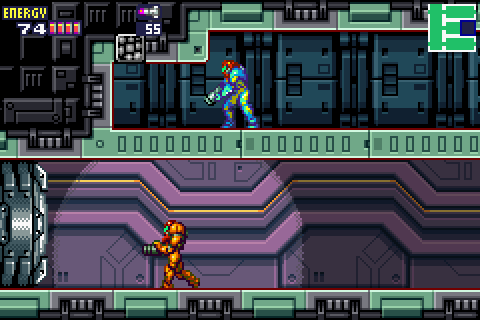
Metroid Fusion is something of a controversial entry in the series due to its linearity. Indeed, attempting to break the game’s sequence has a good chance rendering it unwinnable. It’s to the point where many fans will insist that the original Metroid is the superior title solely by virtue of being less linear. I have absolutely no idea how such an argument could be made. I will concede that it’s not a particularly good example of the Metroidvania subgenre it helped pioneer. Instead, I believe it to be a Metroid-themed survival horror game given Samus’s vulnerability compared to Super Metroid and a foe she cannot defeat from the onset. I think the best thing one could do going into this game blind is to just accept that the game offers a vastly different experience compared to its predecessors or successors. I question why anyone would think that’s a bad thing.
31. Dragon Quest VI: Realms of Revelation
Originally reviewed on: May 14, 2017
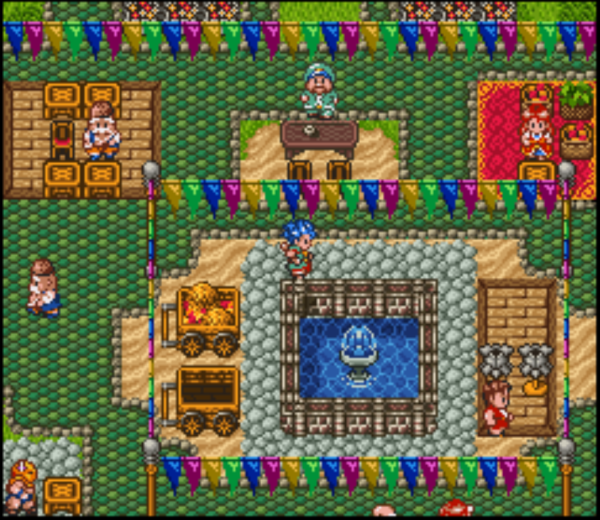
It really says something about the Japanese fans’ devotion to the series that a higher price tag did nothing to adversely affect this game’s sale figures. It couldn’t have been easy to follow up a game as incredible as Dragon Quest V, and while Dragon Quest VI isn’t on the same level, it’s a solid JRPG in its own right. It continues the trend of the previous two games by having an intriguing premise that, despite the recognizable gameplay, continues to place the series outside of the realm of what would be considered a conventional JRPG.
30. Far Cry 3
Originally reviewed on: May 30, 2015
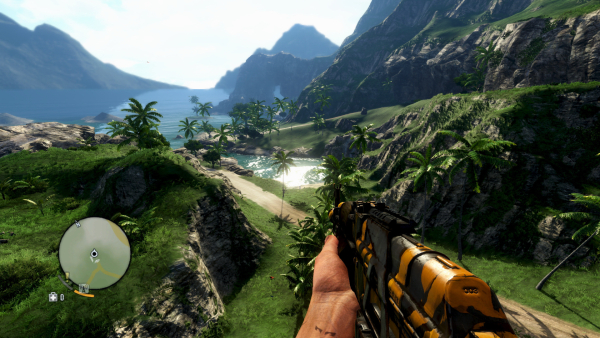
In some respects, Far Cry 3 is the game Lester the Unlikely tried and failed to be. This is the story of a young man who gets abducted by pirates on an remote island. He must then move away from his carefree life and become a hardened warrior so he may rescue his friends and get revenge on the pirate’s leader. Though a lot people cite said pirate as the best character in the game, I feel that title rightly belongs to its lead. He undergoes such a drastic character transformation, spending the first half becoming the ideal first-person shooter protagonist and the second half being the ideal first-person shooter protagonist. In that regard, I also got a lot of Spec Ops: The Line vibes, and while the lead’s initial characterization could be seen as a jab at the average enthusiast, it’s not nearly as mean spirited, and could just as easily be read as a character study not meant to be symbolic of anything in particular. It’s an open world FPS with a lot of variety while also not feeling the need to overstay its welcome. Better yet, it manages to stick the landing far more gracefully than its successor.
29. Live A Live
Originally reviewed on: May 20, 2014
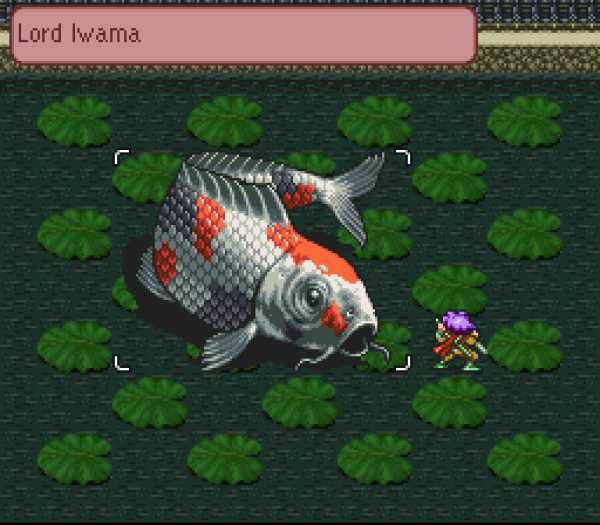
System Shock 2 was an otherwise great game that went into a total nosedive in the last hour. It was one of the three games that led me to develop my rule that disqualifies any game with a weak ending from being in this or any higher tier. What I end up doing if the exact opposite is true is far less concrete. Earthbound Beginnings was a game that was mostly mediocre except for the last hour, yet I ended up ranking it lower than System Shock 2 because even if it ended on a high note, at the end of the day, it wasn’t good for as long of a time.
The reason I bring any of this up is because I believe Live A Live and Earthbound Beginnings to be very similar experiences. Live A Live does have a leg up on Earthbound Beginnings in that you aren’t required to grind levels for too long to succeed, but the game is unintuitive to an absurd degree; I have difficulties accepting that anyone was able to complete it without a guide. It goes beyond making the solutions to certain puzzles cryptic; a lot of the time, they’re not even properly explained. However, for its many faults, if you do have the tenacity to stick with this game, I guarantee it will pay off big time with a development that I still can’t believe was attempted in a 1994 title. Those who have completed this game know exactly what I’m talking about and understand why I’m being so secretive. Everyone else will just have to play the game to see for themselves.
28. Metal Gear Solid 4: Guns of the Patriots
Originally reviewed on: August 2, 2016

I have to admit that if any other development team created a game like Metal Gear Solid 4, I probably wouldn’t have been as kind. The interminably long cutscenes that seem to overtake the actual gameplay in terms of length were that way because a lot of the story was spent backpedaling from the corner Mr. Kojima painted himself into with Metal Gear Solid 2 while also making the revelations in Metal Gear Solid 3 relevant. It was intended to be the grand finale for the series, but in all honesty, there were way too many plot threads to wrap up in one game. The sad part is that this game’s success likely gave the AAA industry the impression that games needed to become films in order to tell a story – not helped by the critics failing to make a strong enough case against this game’s approach to storytelling. Being a critic is a responsibility I don’t think enough people at the time fully comprehended, and many detrimental trends flourished as a result.
Some may be asking how I could rank a game so highly when it has this glaring of a flaw. The answer is simple enough: when the game actually remembers to be a game, it’s really masterfully done. I really like the actionized control scheme, as it makes switching between sneaking and attacking far easier than in previous installments, and the level design is top-notch as always. It does stumble somewhat roughly halfway through, but I think the ultimate payoff was worth the hassle.
27. Dragon Quest VII: Fragments of the Forgotten Past
Originally reviewed on: March 20, 2017
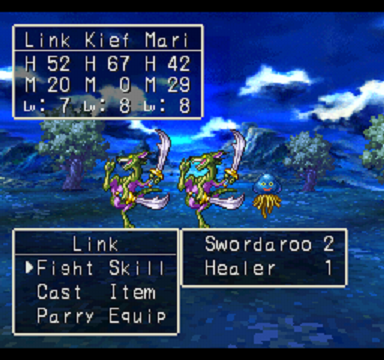
I don’t think there’s another game in this tier I would have a more difficult time recommending than Dragon Quest VII. You have to be a fan of JRPGs to get anything out of this experience, as the pacing is incredibly slow, and the payoff, while good, would only be worth it to someone who appreciated the journey as well. At the same time, it’s a shame that it didn’t get more attention simply because of its more modest presentation compared to the likes of Final Fantasy IX and Chrono Cross (though ironically, Square actually delayed the release of the former so they wouldn’t have to directly compete with this game). It too has a unique premise that I feel provides an unintentional, and greatly appreciated, foil to Mother 3 in how both games are set on islands far away from any kind of civilization. |In both games, it turns out the island is all that’s left of the world. In Mother 3, there’s nothing you can do about it; in Dragon Quest VII, you do God’s work by putting the world back together.| Between the two games I’ve played that started off as a Nintendo 64DD titles only for them to have troubled productions before ultimately ending up on an entirely different system, I know which one I’d recommend first.
26. Final Fantasy VI
Originally reviewed on: December 10, 2017
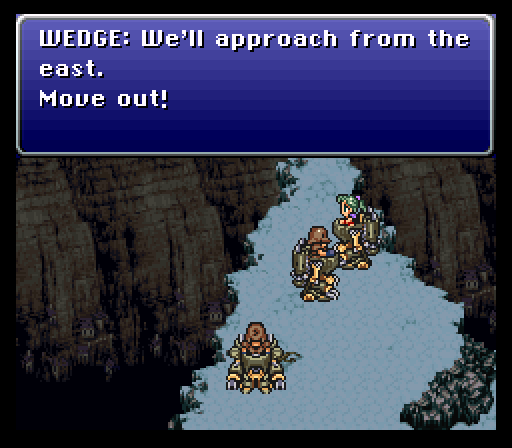
When I played Final Fantasy VI, even back in 2006, I had never experienced a game with such an ambitious story. It was peerless back in 1993, with its only competition coming from the PC gaming scene. I admit that it’s no longer my personal favorite game in the series, and from a gameplay standpoint, it drops in overall quality around the halfway point (as does the plot to a lesser extent), but it’s still one of the SNES’s stronger titles. There aren’t many games that have such an extensive ensemble cast – to the extent where not one single character can claim to be the central protagonist. Mixed with a memorable villain and an approach to localization that served as a set of guidelines for many later teams, Final Fantasy VI managed to keep the medium’s momentum going after Final Fantasy IV served as the initial turning point.
Advertisements Share this: